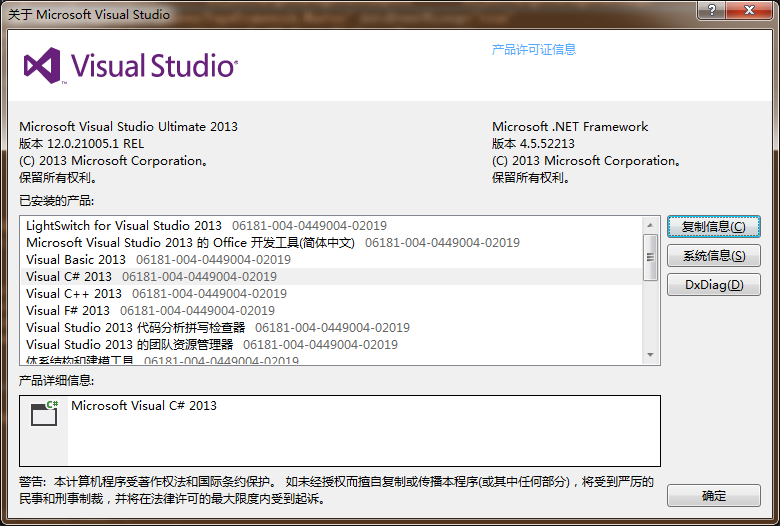How does one use the threading and subprocess modules to spawn parallel bash processes? When I start threads ala the first answer here: How to use threading in Python?, the bash processes run sequentially instead of in parallel.
问题:
回答1:
You don\'t need threads to run subprocesses in parallel:
from subprocess import Popen
commands = [
\'date; ls -l; sleep 1; date\',
\'date; sleep 5; date\',
\'date; df -h; sleep 3; date\',
\'date; hostname; sleep 2; date\',
\'date; uname -a; date\',
]
# run in parallel
processes = [Popen(cmd, shell=True) for cmd in commands]
# do other things here..
# wait for completion
for p in processes: p.wait()
To limit number of concurrent commands you could use multiprocessing.dummy.Pool that uses threads and provides the same interface as multiprocessing.Pool that uses processes:
from functools import partial
from multiprocessing.dummy import Pool
from subprocess import call
pool = Pool(2) # two concurrent commands at a time
for i, returncode in enumerate(pool.imap(partial(call, shell=True), commands)):
if returncode != 0:
print(\"%d command failed: %d\" % (i, returncode))
This answer demonstrates various techniques to limit number of concurrent subprocesses: it shows multiprocessing.Pool, concurrent.futures, threading + Queue -based solutions.
You could limit the number of concurrent child processes without using a thread/process pool:
from subprocess import Popen
from itertools import islice
max_workers = 2 # no more than 2 concurrent processes
processes = (Popen(cmd, shell=True) for cmd in commands)
running_processes = list(islice(processes, max_workers)) # start new processes
while running_processes:
for i, process in enumerate(running_processes):
if process.poll() is not None: # the process has finished
running_processes[i] = next(processes, None) # start new process
if running_processes[i] is None: # no new processes
del running_processes[i]
break
On Unix, you could avoid the busy loop and block on os.waitpid(-1, 0), to wait for any child process to exit.
回答2:
A simple threading example:
import threading
import Queue
import commands
import time
# thread class to run a command
class ExampleThread(threading.Thread):
def __init__(self, cmd, queue):
threading.Thread.__init__(self)
self.cmd = cmd
self.queue = queue
def run(self):
# execute the command, queue the result
(status, output) = commands.getstatusoutput(self.cmd)
self.queue.put((self.cmd, output, status))
# queue where results are placed
result_queue = Queue.Queue()
# define the commands to be run in parallel, run them
cmds = [\'date; ls -l; sleep 1; date\',
\'date; sleep 5; date\',
\'date; df -h; sleep 3; date\',
\'date; hostname; sleep 2; date\',
\'date; uname -a; date\',
]
for cmd in cmds:
thread = ExampleThread(cmd, result_queue)
thread.start()
# print results as we get them
while threading.active_count() > 1 or not result_queue.empty():
while not result_queue.empty():
(cmd, output, status) = result_queue.get()
print(\'%s:\' % cmd)
print(output)
print(\'=\'*60)
time.sleep(1)
Note that there are better ways to do some of this, but this is not too complicated. The example uses one thread for each command. Complexity starts to creep in when you want to do things like use a limited number of threads to handle an unknown number of commands. Those more advanced techniques don\'t seem too complicated once you have a grasp of threading basics. And multiprocessing gets easier once you have a handle on those techniques.
回答3:
this is because it is supposed to do, the thing you want to do is not multithreadind but multiprocessing see this stack page



